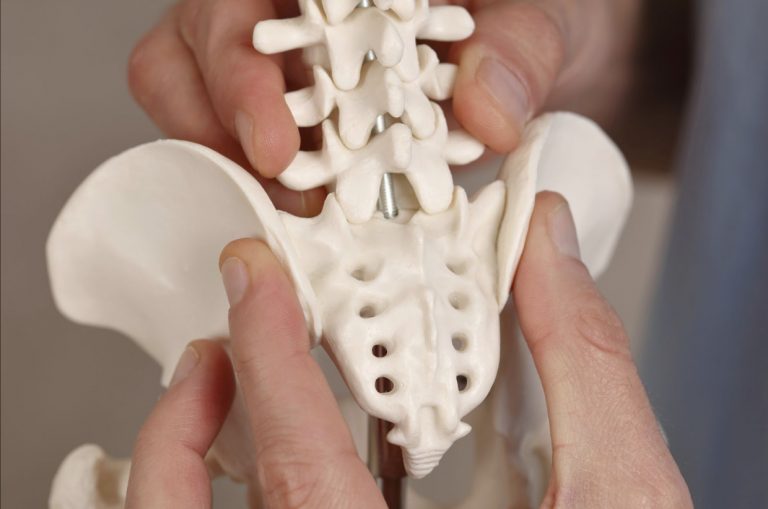If you are suffering from pain caused by spinal compression, the goal of treatment is almost always spinal decompression. Spinal compression occurs naturally as a result of degenerative changes combined with years of strain related to repetitive motion and supporting the weight of the upper body. As spinal compression progresses, the components of the spine can be forced out of alignment, which can potentially cause nerve root compression. When this happens a patient may experience local and radiating pain in the neck, back, or extremities. Thus, spinal compression is a common cause of chronic neck pain.
Spinal decompression simply means that the pressure placed on the vertebrae, discs, and joints of the spine is relieved. This can allow the spine to return to normal alignment and potentially relieve pressure on surrounding nerve roots. Spinal decompression can be achieved through a range of conservative or surgical therapies, depending on the severity of your condition caused by spinal compression. You should consult your physician to diagnose the spine condition that has resulted from your spinal compression so you can move forward with an appropriate treatment plan.
Spine Conditions Resulting From Spinal Compression
The spine is composed of a stack of bones called vertebrae that are responsible for supporting the upper body while providing basic movement. In between most of the vertebrae are discs that provide cushioning and allow the spine to bend and move.
As the spine undergoes degenerative changes due to loss of water and protein content and the vertebrae squeeze together, the discs and joints in between the vertebrae also become compressed. This sustained compression can lead to the following conditions that can cause spinal nerve compression:
- Herniated disc
- Bulging disc
- Degenerative disc disease
- Arthritis of the spine
- Bone spurs
- Spondylosis
- Spinal stenosis
- Spondylolisthesis
Fortunately, many of these spine conditions can be treated with varying forms of spinal decompression conservative therapy or minimally invasive decompression surgery.
Spinal Decompression Treatment Options
The first step when searching for spinal decompression treatments is, to begin with, conservative therapies. Some effective methods of conservative spinal decompression are chiropractic care, physical therapy, and water exercises.
Chiropractic care decompresses the spine by moving the spine back into proper alignment with manual manipulation. As the vertebrae are realigned over the discs, the spine regains the proper length and cushion it required to function properly without pain. Likewise, physical therapy and water exercises serve to realign the spine by stretching and lengthening the spine into place and then strengthening the surrounding muscles to hold it in place.
If you have already tried these conservative treatments for several months and have not found lasting pain relief, surgery can become an option. As you explore available treatments, you may want to consider a minimally invasive decompression surgery.
At BEST Health System, we offer minimally invasive decompression surgery that is a safer and more effective alternative to traditional open back surgery. The procedures involve accessing the spine through a less than one-inch incision and removing a small portion of anatomy that is causing nerve compression. For more information, please contact our caring team today.
